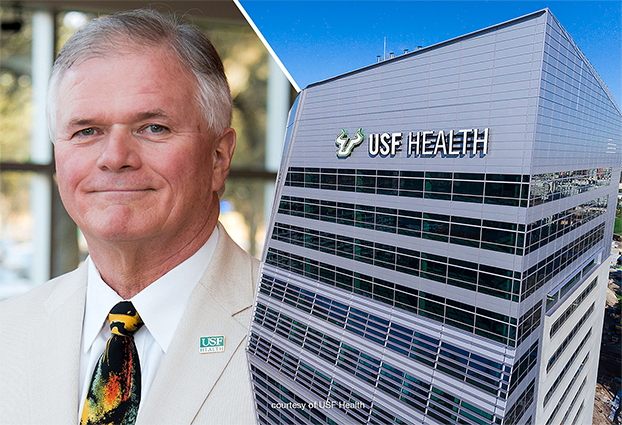USF Health Heart Institute acquires PET/CT and 7T PET/MR imaging systems from MR Solutions for preclinical research
USF Health Heart Institute acquires 7T PET/MR and PET/CT imaging systems from MR Solutions for preclinical research
The USF Health Heart Institute acquires 7T PET/MR and PET/CT integrated imaging systems – establishing the first comprehensive preclinical imaging suite at the USF Health Morsani College of Medicine.
The 290-square-foot imaging suite includes three pieces of leading-edge MR Solutions equipment operated from one console – a magnetic resonance imager (MRI), a computed tomography scanner (CT), and a positron emission tomography (PET) machine. It also houses an existing state-of-the-art cardiac ultrasound machine used for preclinical studies.
The compact multimodal systems can be used to visualize small animal models (rodents) from the molecular/cellular level to entire organs, including the blood flow of a beating heart. It combines PET’s sensitivity in tracking the metabolism of living cells and uniquely labeled cell types with MRI’s and CT’s strength in high-resolution anatomical imaging of soft tissue (i.e., heart, brain, blood vessels, nerves) and bony structures like the skull and spine. The PET technology can be used independently, or sequentially with either the MRI or the CT machine.
“This new preclinical imaging technology enables us to capture more detailed data critical for cardiovascular studies where we need to see exactly how the heart and vascular system respond to diseases and various targeted therapies,” said USF Health Heart Institute Director Samuel Wickline, MD. “It will enhance our competitiveness for National Institutes of Health grants and can also help advance research on cancer, neurodegenerative diseases and many other conditions.”
The 7T MR/PET imaging system uses pioneering dry magnet (liquid helium-free) technology, making the equipment much smaller, lighter and less costly than conventional wet magnet systems. The 7T MR scanner is self-shielded to prevent noise interference.
“Quantitative research methods developed for use in the powerful preclinical imaging systems are directly applicable to larger imaging platforms used in clinical medicine”, said Dr. Wickline, a professor of cardiovascular sciences who focuses on building nanoparticles to deliver drugs, genes, or other therapeutic molecules to specific cell types, or targets.
“It’s basically the same physics and engineering on a smaller scale, which transfers nicely to the imaging devices we use for patients.”
The Heart Institute ultimately plans to operate the suite as a core research facility, allowing biomedical researchers across USF as well as collaborators outside the university to access its imaging services for reasonable fees, Dr. Wickline said.
The USF Health Heart Institute at the University of South Florida is committed to translating their findings from the laboratory to the clinic to directly benefit patients. Scientists and physicians work together with the common goal of creating new therapies for cardiovascular disease, generating biomedical inventions leading to patents and licenses, and attracting biotech and pharmaceutical companies with their innovations.

